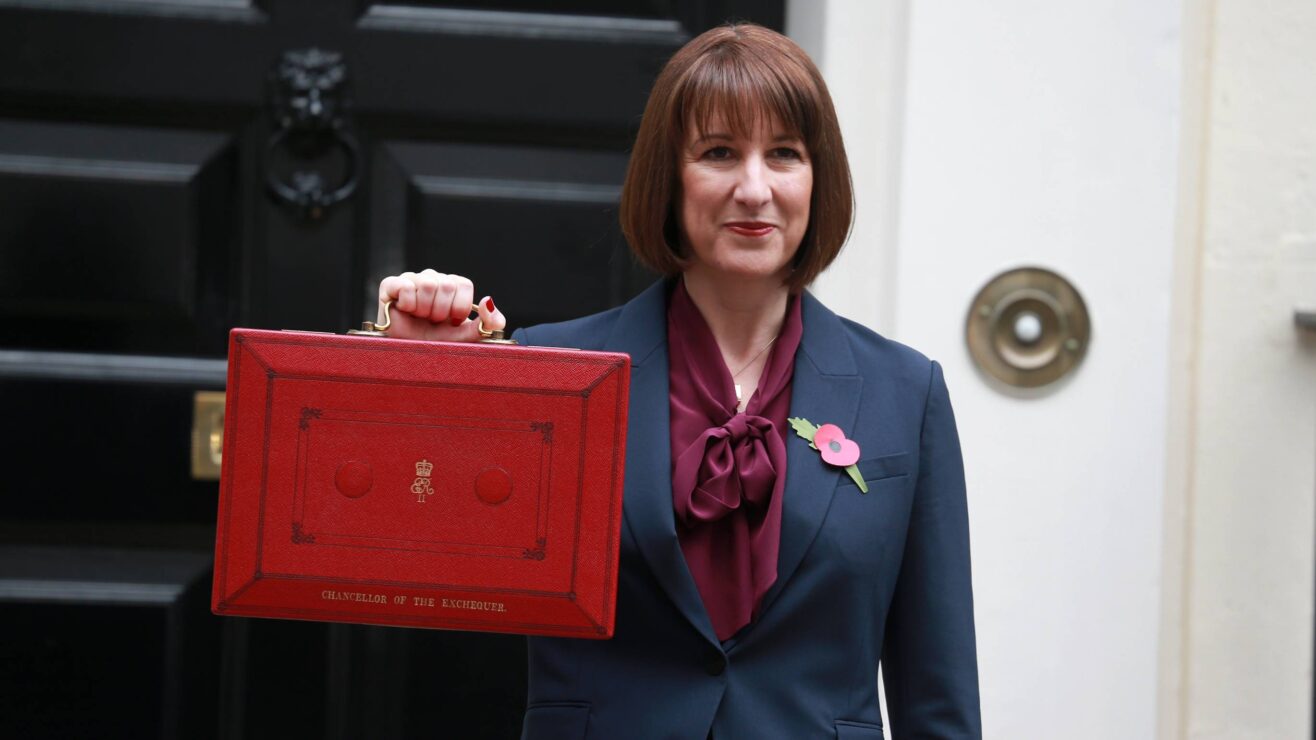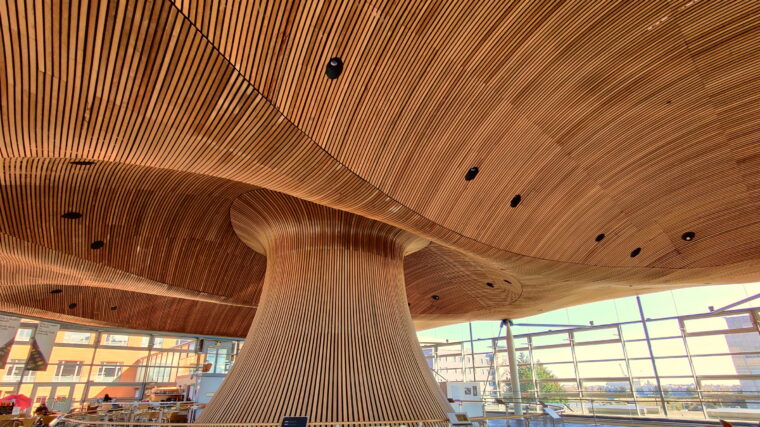Let’s imagine for a minute that you wanted to improve the student experience in your country’s higher education system.
Students, you note, are attending classes and submitting assignments but there isn’t much of a sense of community. Students aren’t building their social capital, the student voice isn’t heard in the corridors of power, services for students are slow and expensive, and students are graduating having never participated meaningfully in democracy. What could you do?
As a first stab, you might try to stimulate activities and services exclusively through the universities themselves. For some aspects, like counselling and careers support, this works well. But you quickly find many aspects to be slow and expensive. They lack a sense of ownership from students, are rarely creative, and the students you find to input into your committees seem reluctant to question received wisdom – which ironically is exactly what you want your graduates to do in later life.
Stimulating the student community
So you decide to stimulate the creation of generalised students’ associations in the universities. They would work in the interests of students, operating services, activities and both individual and collective advocacy for students. To ensure that the student body develops as a community and that students gain experience of resolving their interests democratically, you put in place arrangements akin to those for communities through local councils – you require them to operate democratically in accordance with rules that universities oversee, and you require elections to be free and fair.
Given the associations and their officers will represent students, at first you ask them to demonstrate their representative legitimacy through membership numbers, or electoral participation. But then you accept that autonomous universities should be free to recognise the legitimacy of the student representatives in more sophisticated ways – through elections to course representatives, detailed research and other types of participation.
Fair funding
You consider setting a per capita funding allocation for the associations, to be drawn from the fee income that universities receive. That would allow you to calculate the funding to be recovered back to the university if a student was to opt out of membership. But then you realise that no other function in the university is funded like this – resources are directed to the functions and services that need it. And you remember that telling universities how they should allocate their funding for the benefit of students would be a gross attack on their autonomy. So instead, you allow the universities to fund associations with a block grant but you put in place safeguards around accounting to ensure the money is spent wisely.
You are keen to support the creation of student clubs, societies and groups as components of the associations. You want to train their leaders, encourage them to stage events and incentivise groups to offer activity to those traditionally under-represented. You put arrangements in place that relieve them from the burden of registering as separate charities, and the complexities of managing bank accounts or room bookings. You also want to assure students joining them that their membership fees are not being kept in a box under the treasurer’s bed, and you require them to operate in accordance with rules that ensure that their activities are safe. And to prevent some student groups being discriminated against, you ensure the procedure for allocating resources to groups or clubs to be fair, set down in writing and freely accessible to all students.
Getting political
While you are keen that students develop politically, you worry that elections might mean the associations becoming politically extreme, so you consider creating a clear line between lobbying activity and services for students. After all, most students would support a welfare service but not everyone would like the political stance of the elected student leaders. But then you realise that drawing a line between the two types of activity is devilishly impractical. Instead you resolve that the law governing charities should apply to the associations, to ensure that their resources are spent exclusively on the student interest.
Then despite the wide benefits of membership, and the freedom that students have to influence or ignore the direction of the association, you concede that some students may simply not wish to be associated with it. You consider forcing students to actively join them by opting in. But then you calculate that this would be a costly and bureaucratic exercise and the resources could be better spent on students. So instead you afford students the ability to opt out of membership, a right you ensure is drawn to the attention of students annually. Of course, you are keen that students who exercise that right are not unfairly disadvantaged with regard to the provision of services or otherwise, so you also place a duty on universities to make alternative arrangements in this event.
You also worry about external affiliations that the associations might have. Careful to protect the autonomy of the universities, you make arrangements that allow the members to be told about such affiliations and require a process for the members to vote on them if they wish. And you require complaints about the associations to be handled properly, and referred externally if necessary.
Fundamental reform?
Back here in the real world, students unions have long been a crucial component in the success of UK universities. They have been subject to all of the sensible and balanced arrangements that are described above since the passage of the Education Act 1994.
That balance of autonomy and regulation has enabled them to provide crucial elements central to the character of our system, allowing students to act autonomously; to understand the rights of speech and the responsibilities of belonging to a community; to socialise, to let off steam, to form groups and develop students’ skills; and to help each other counterbalance the power and authority of their institutions. Partly by chance and partly by design, the UK HE sector has built effective and innovative student organisations that are the envy of systems around the world.
Just like their universities, they are not perfect. As Mike Day and I argued in our paper for HEPI recently, there are always new ways in which they can better serve a changing and more diverse student body. And led predominantly by the young, they will always have critics. But as David Willetts said in 2007, “We should strive to foster the idea of the university community. Each and every university is its own community – its own society. Whether it be a leafy out-of-town campus, or spread across the centre of London, every university, and every student body, has its own collective feel, challenges, successes, character. But the hub of these university communities is not the university itself. It is not the vice chancellor, the central administration or the quadrangle. It is the students’ union”.
Given the range of real challenges that students face – cost of living, mental health, graduate employment and the pressure to succeed – come 2019, we should find time to develop solutions to these problems – rather than expending effort fixing something that is manifestly not broken.












